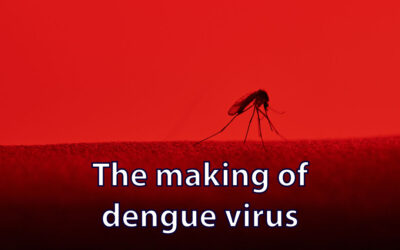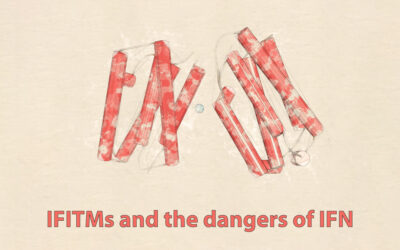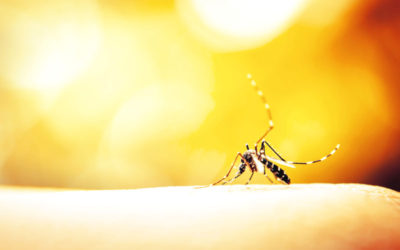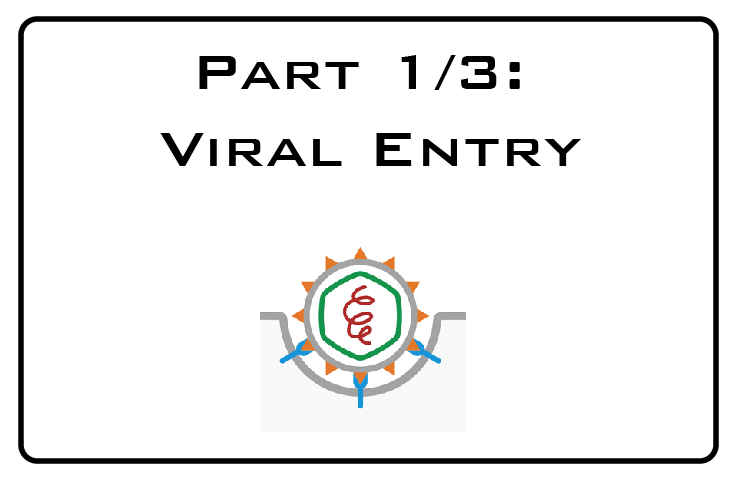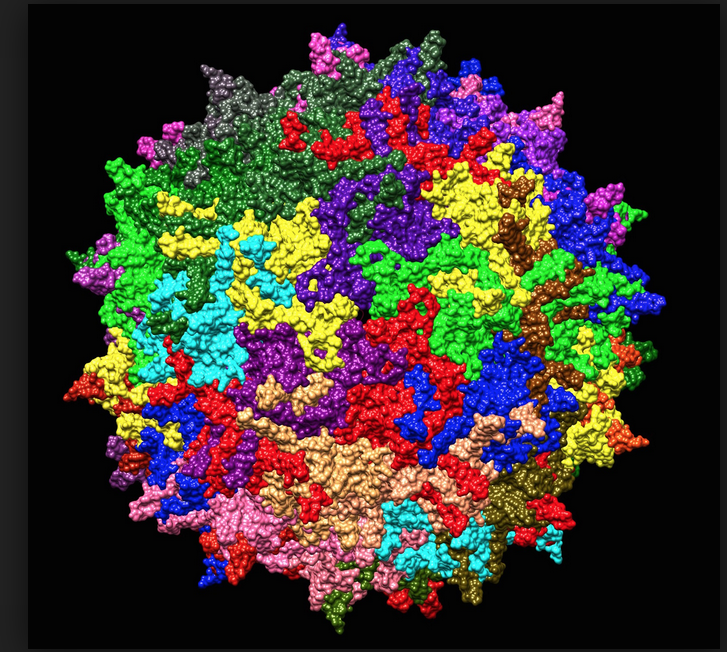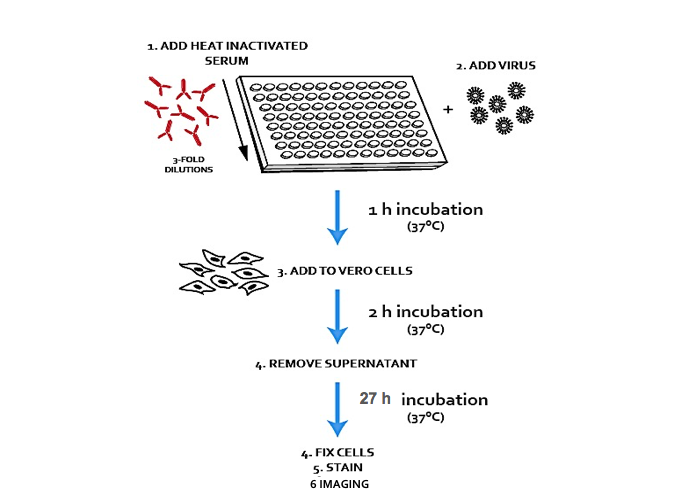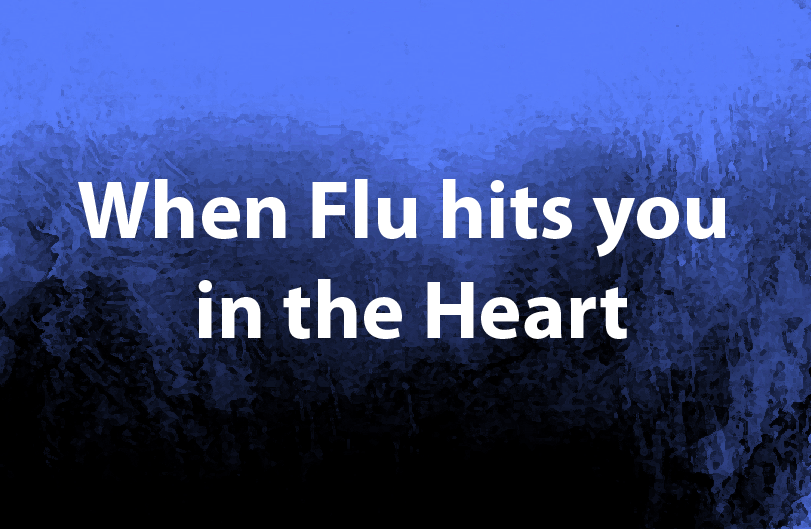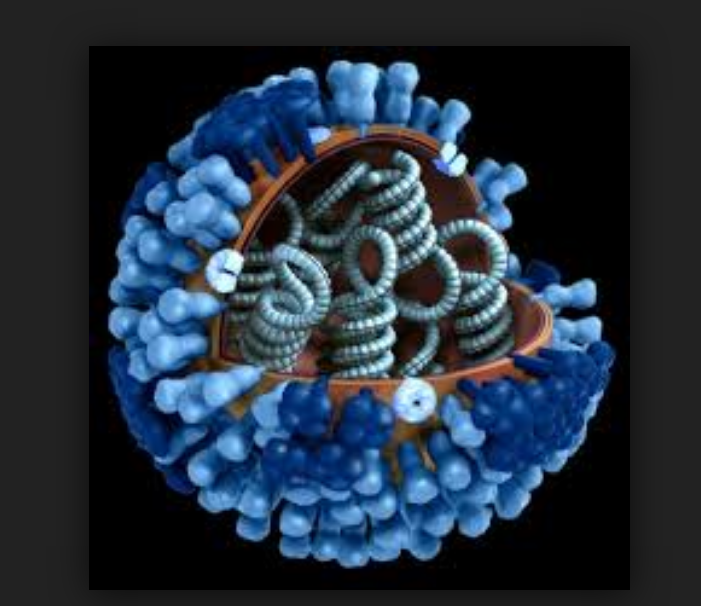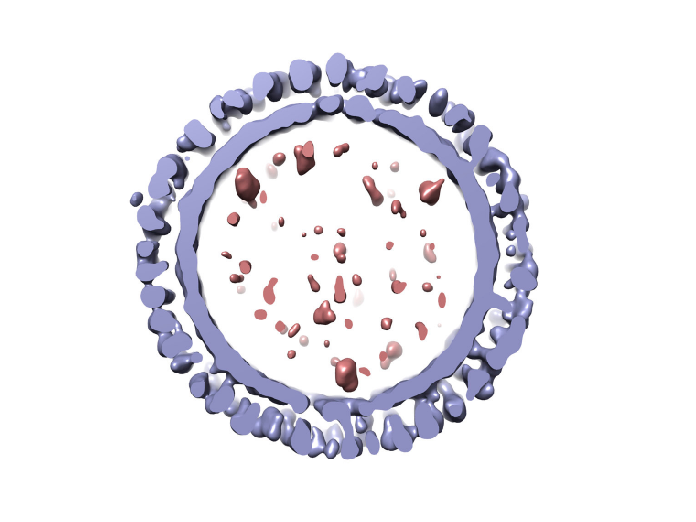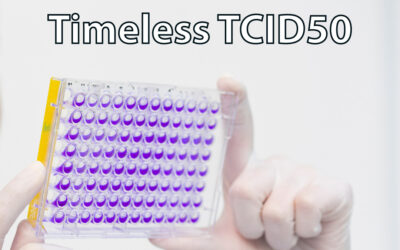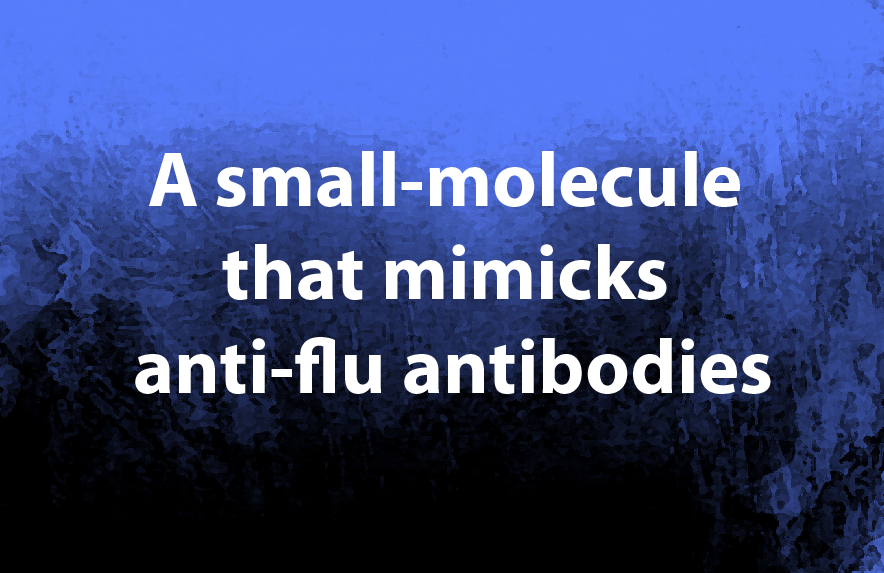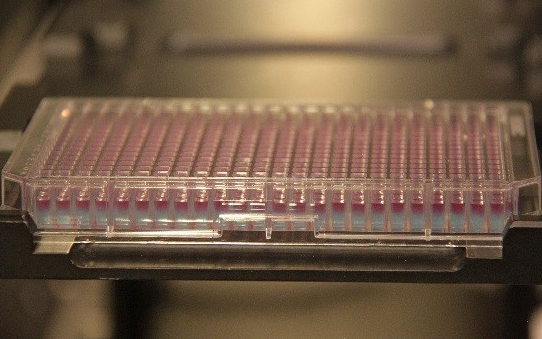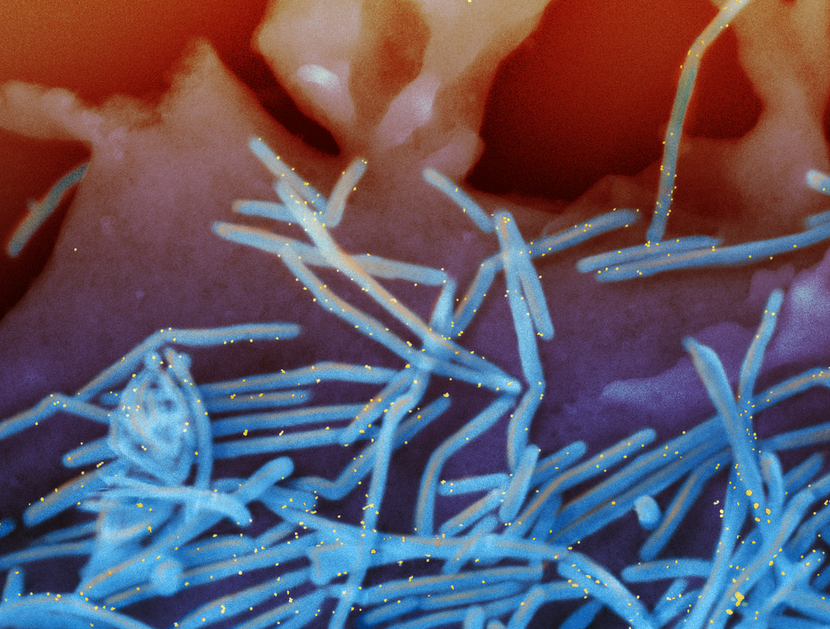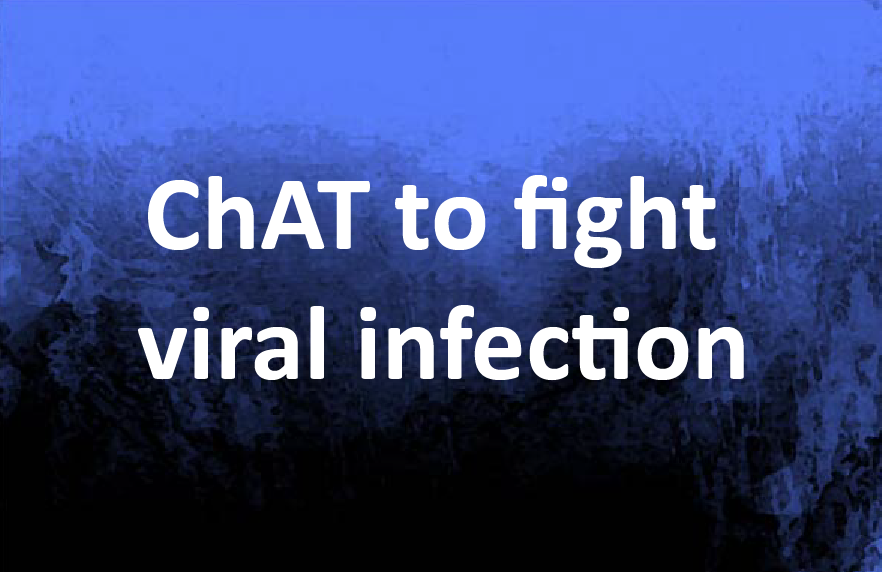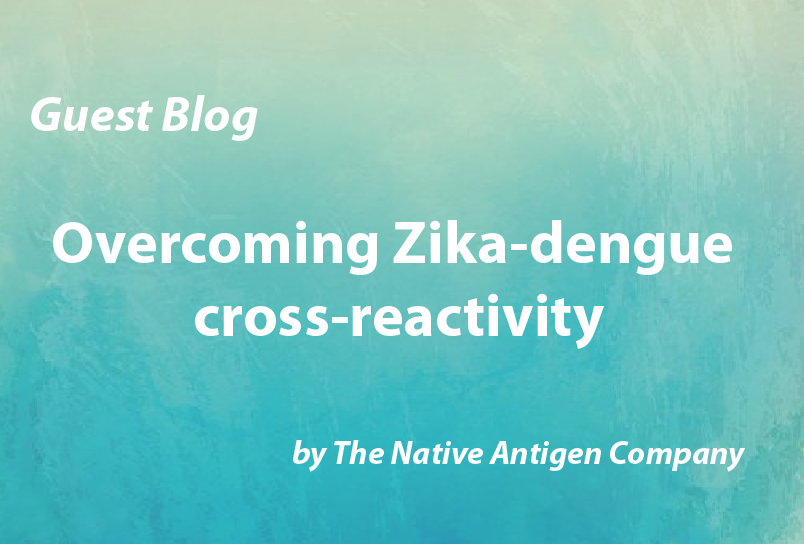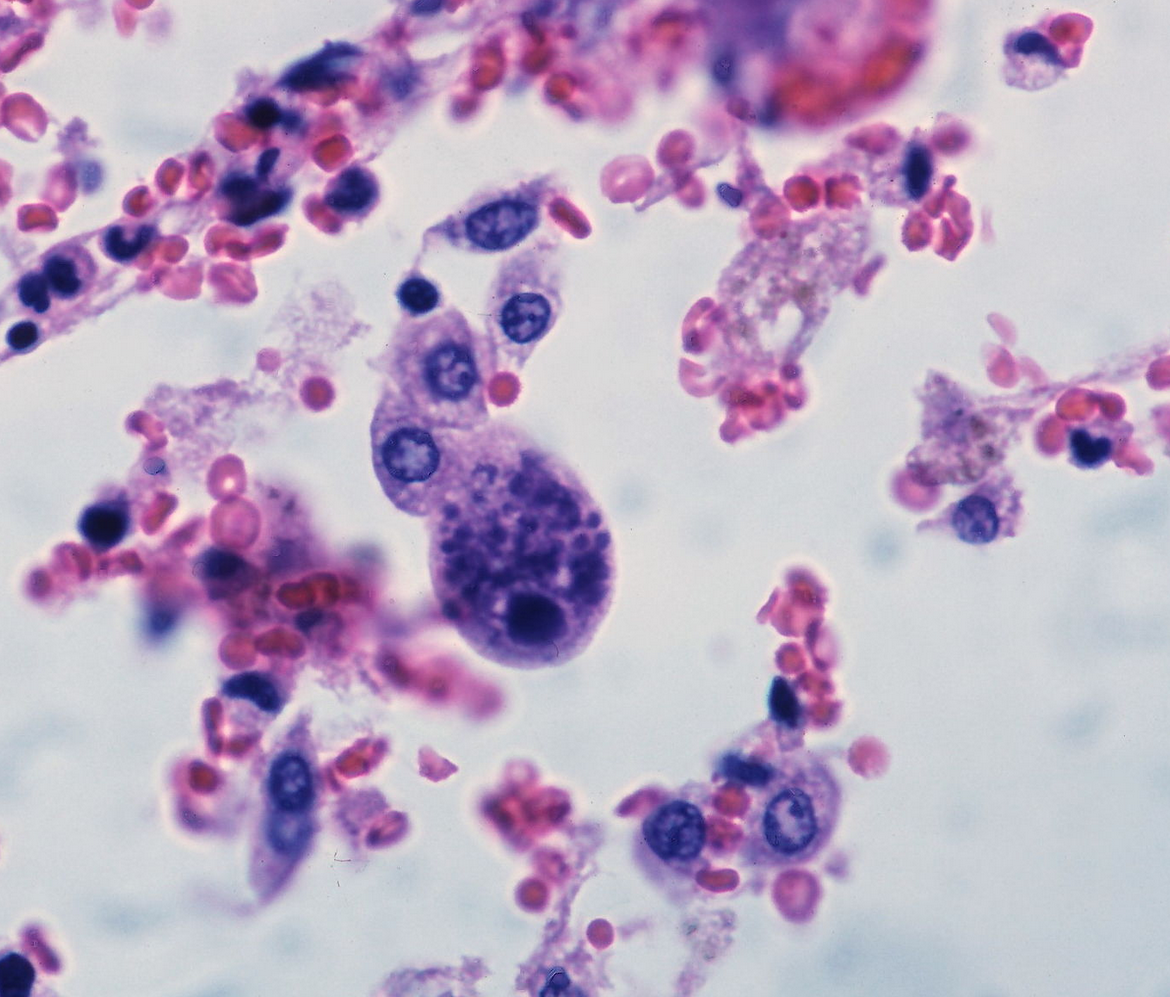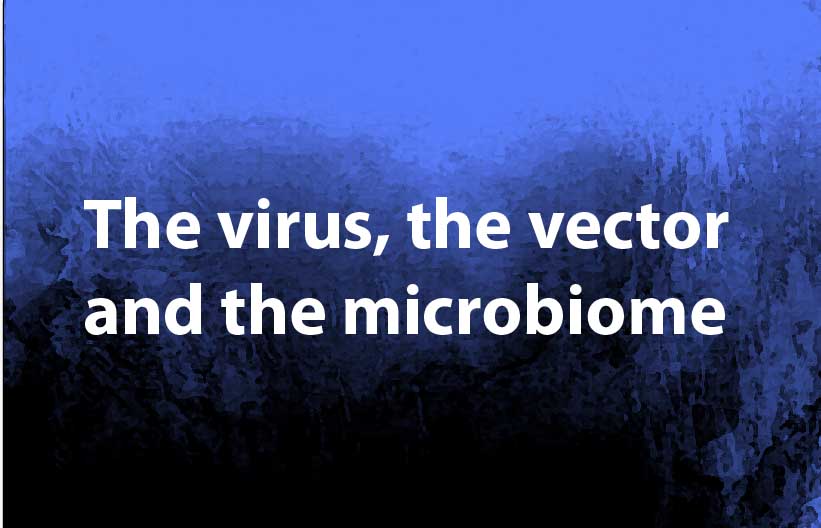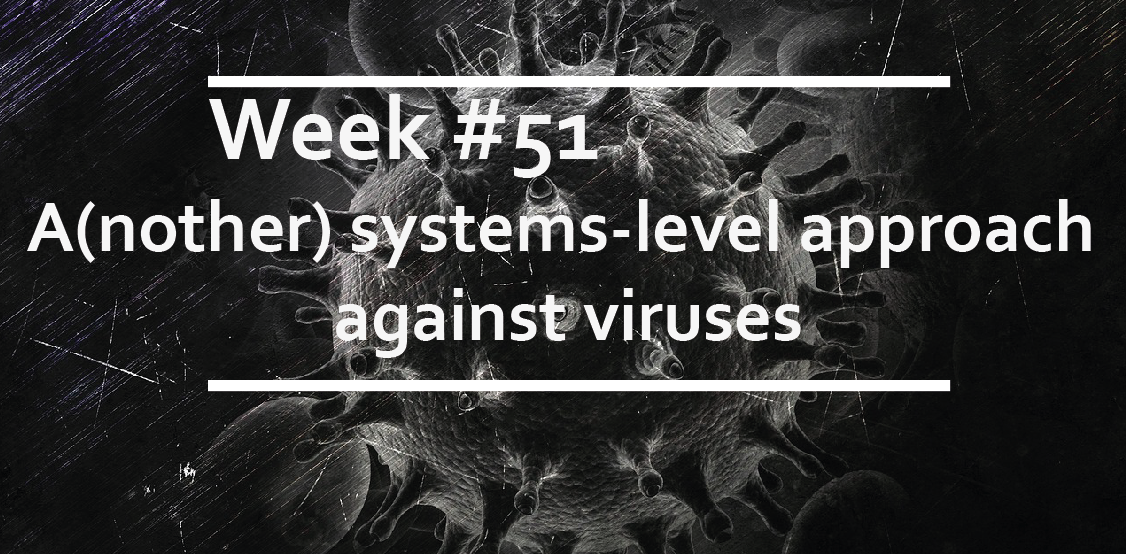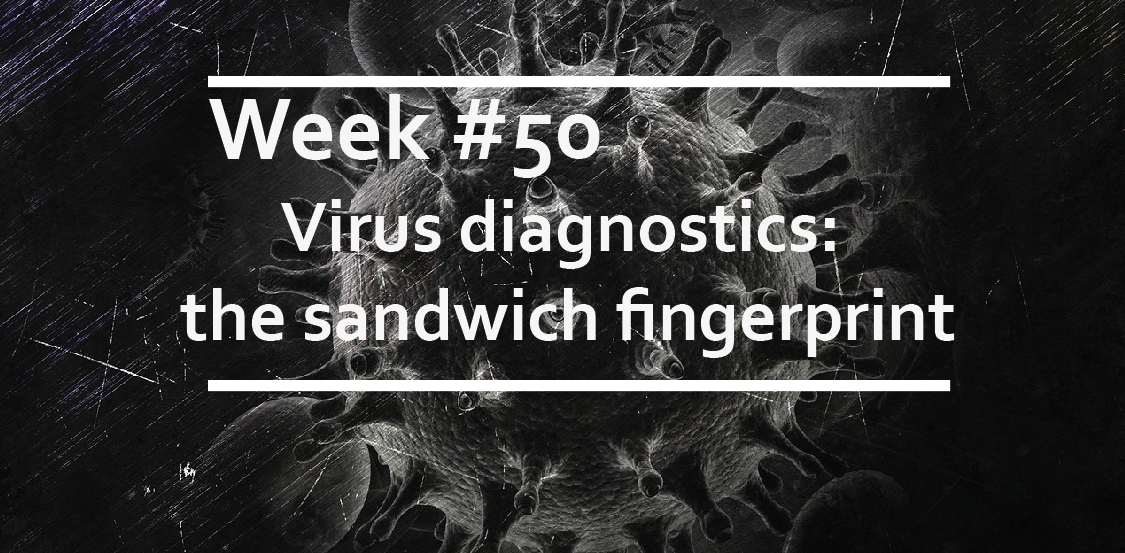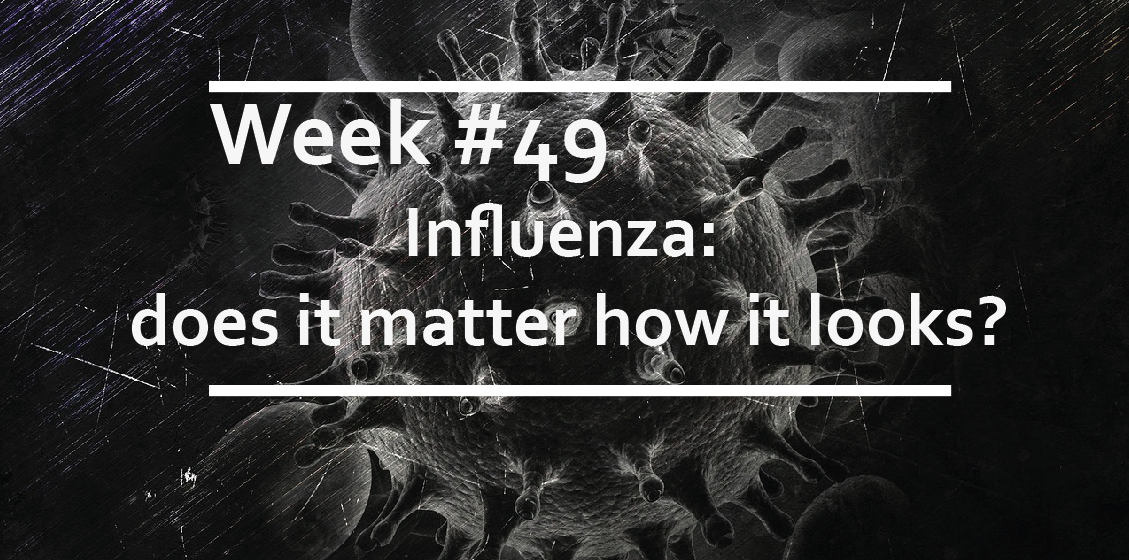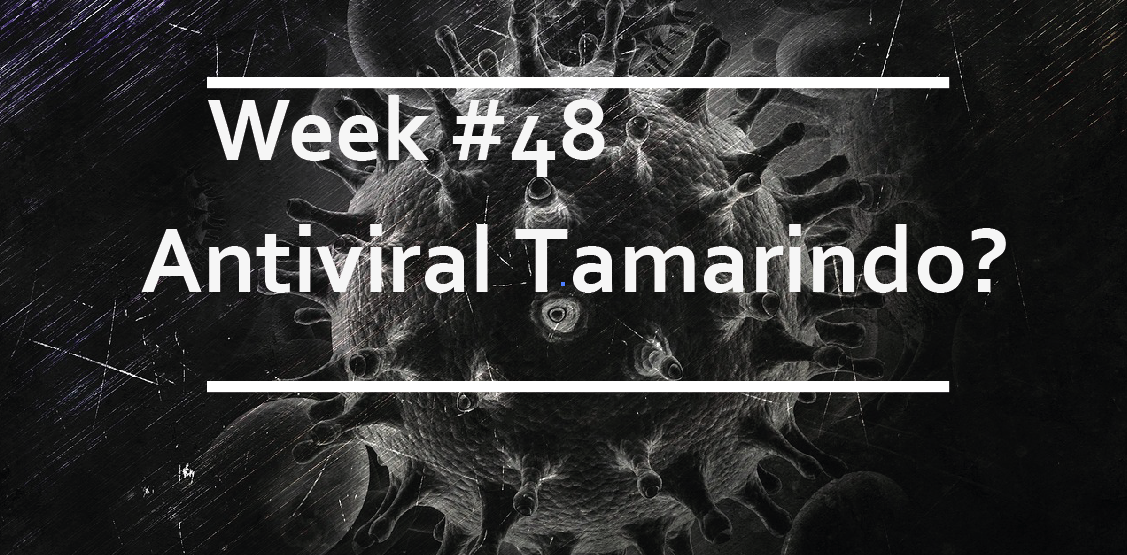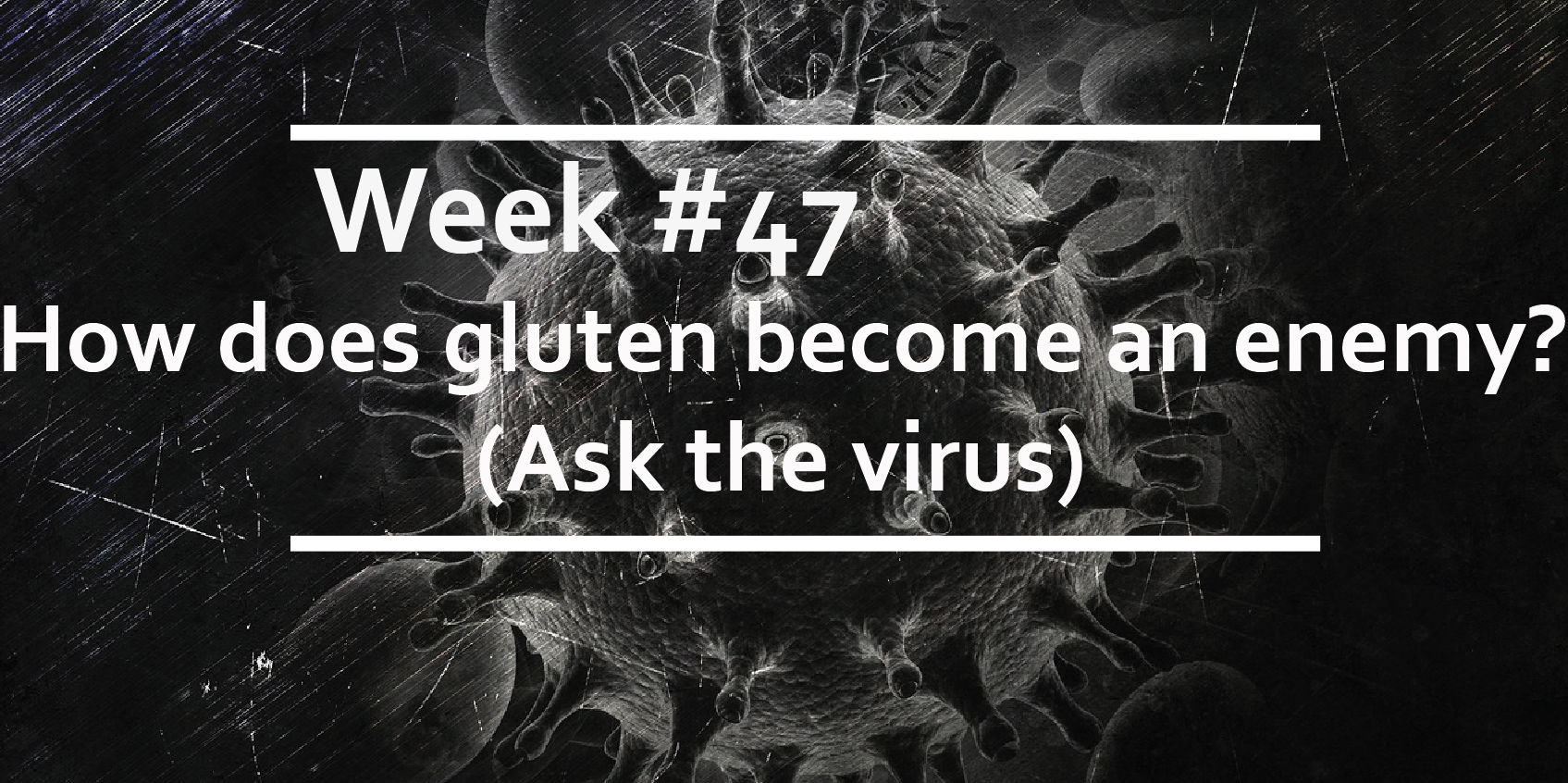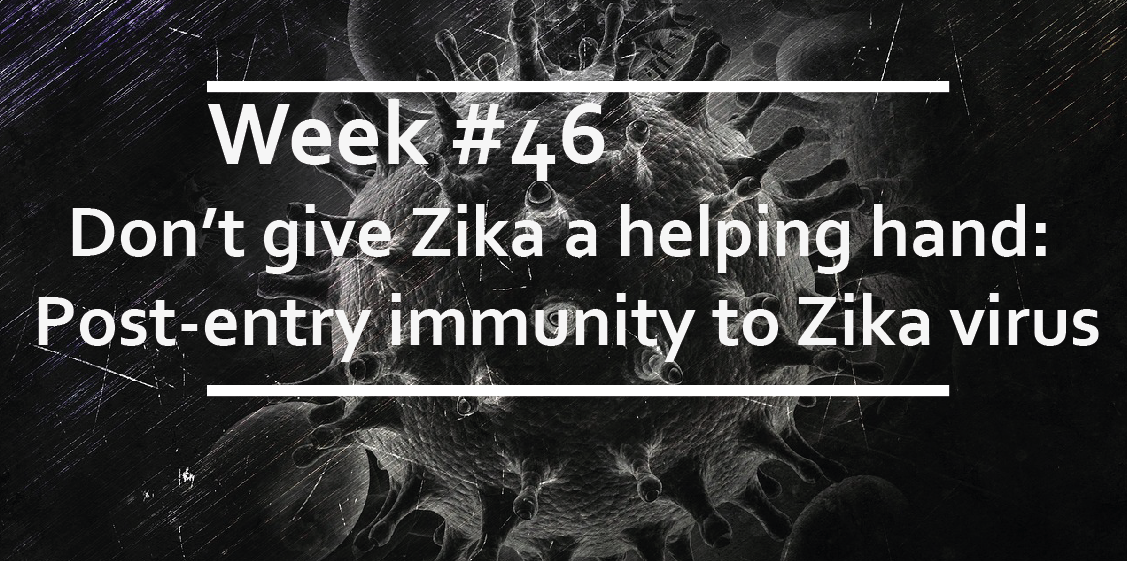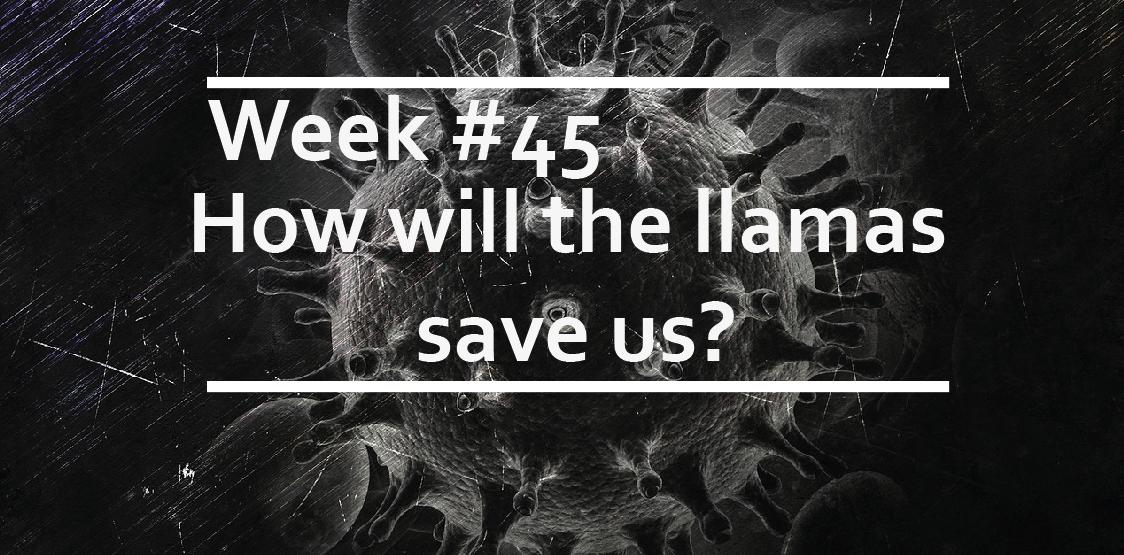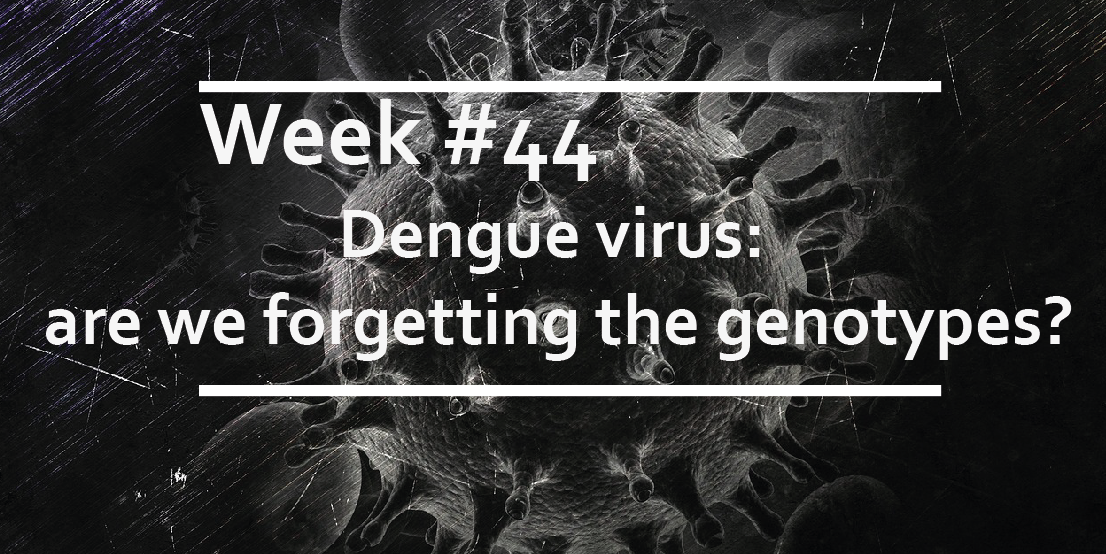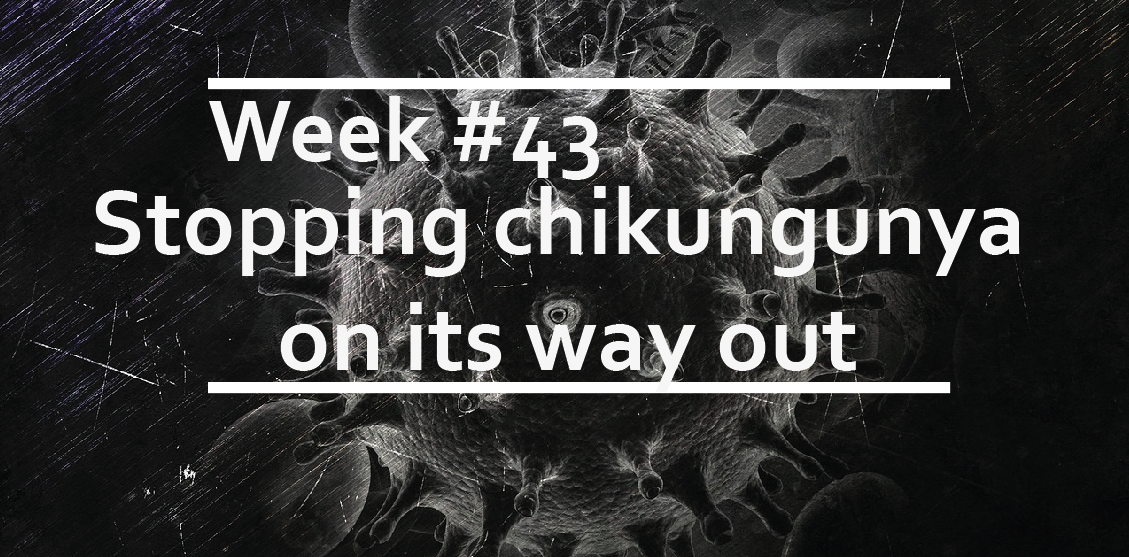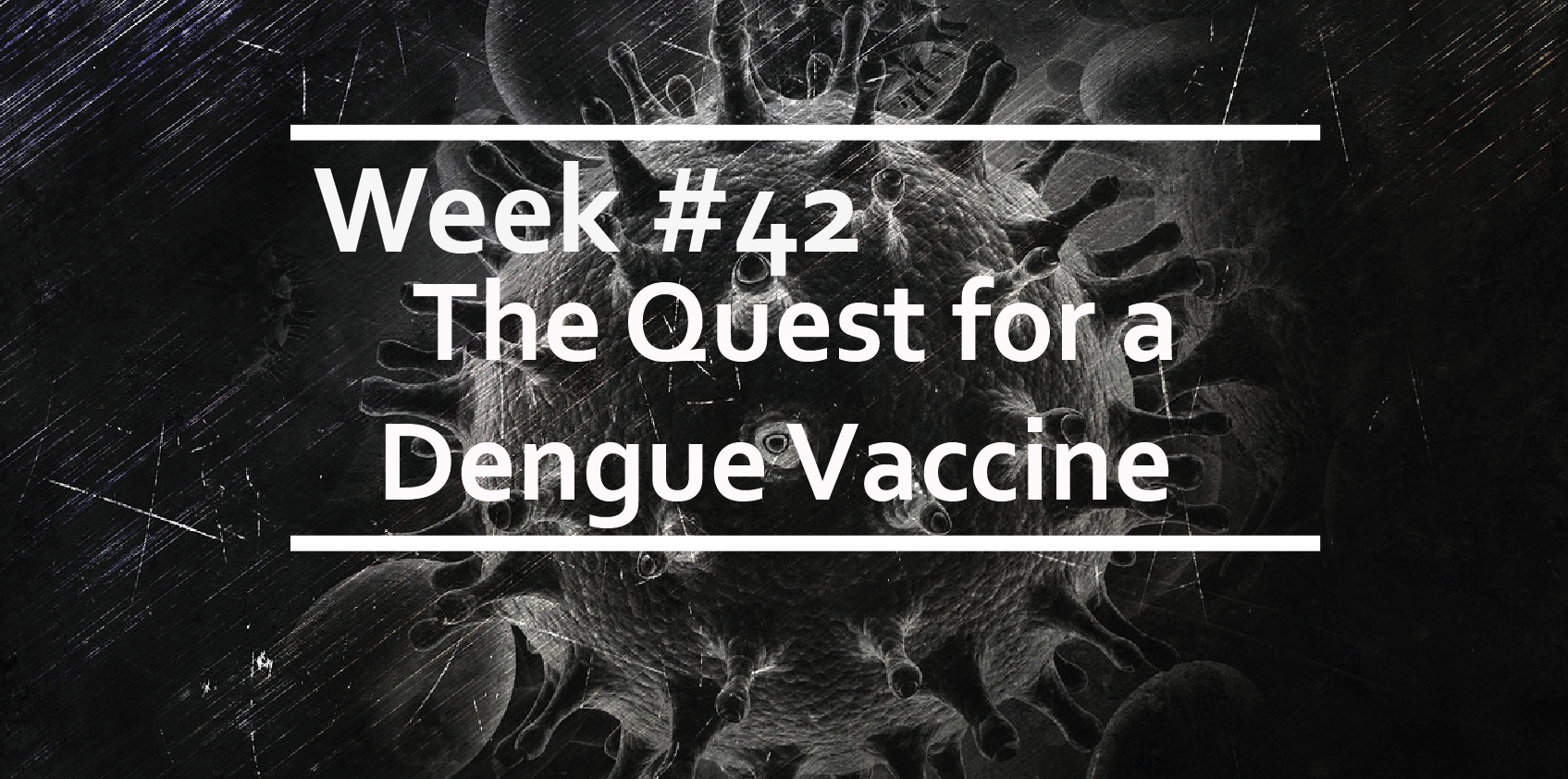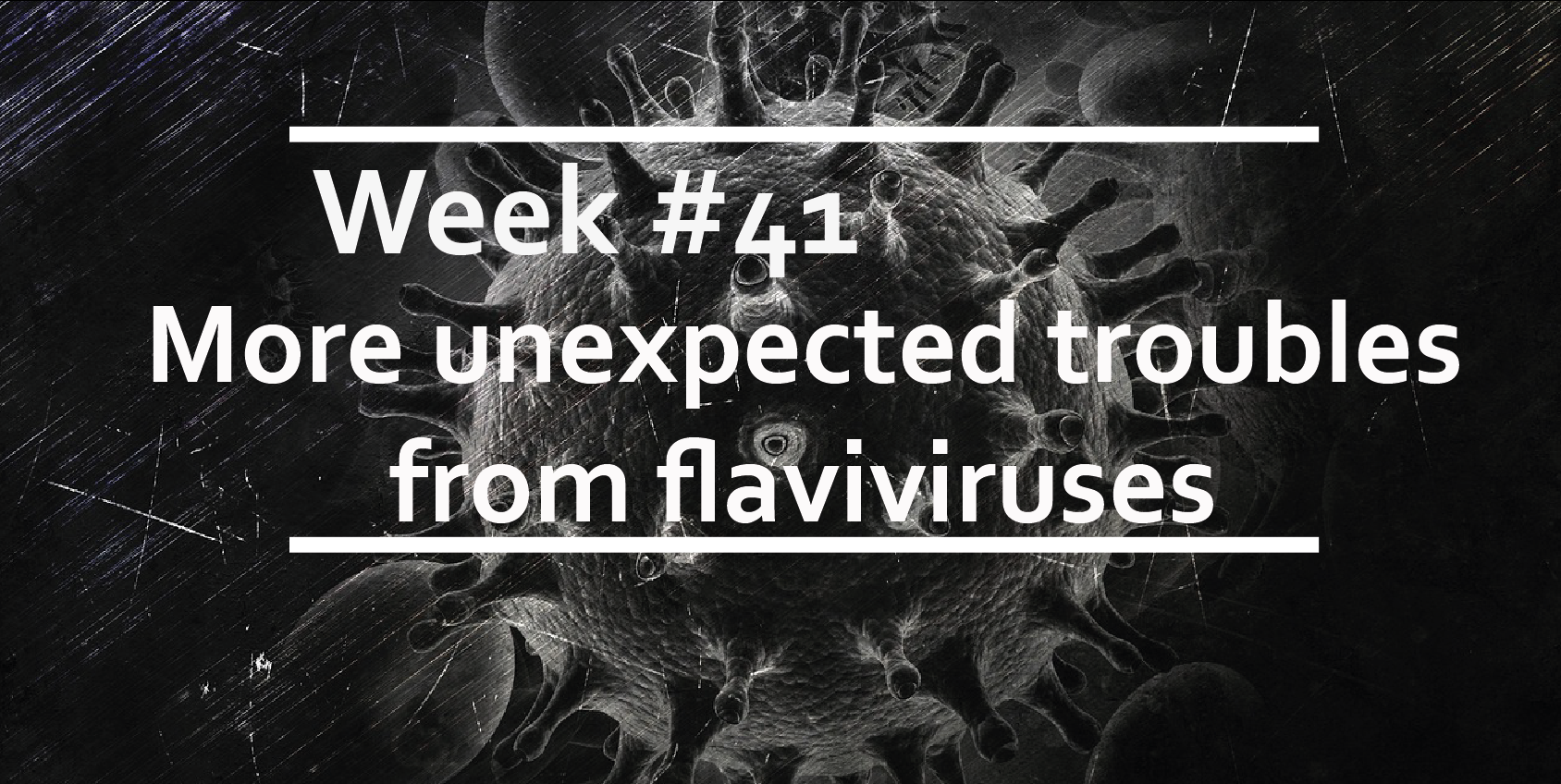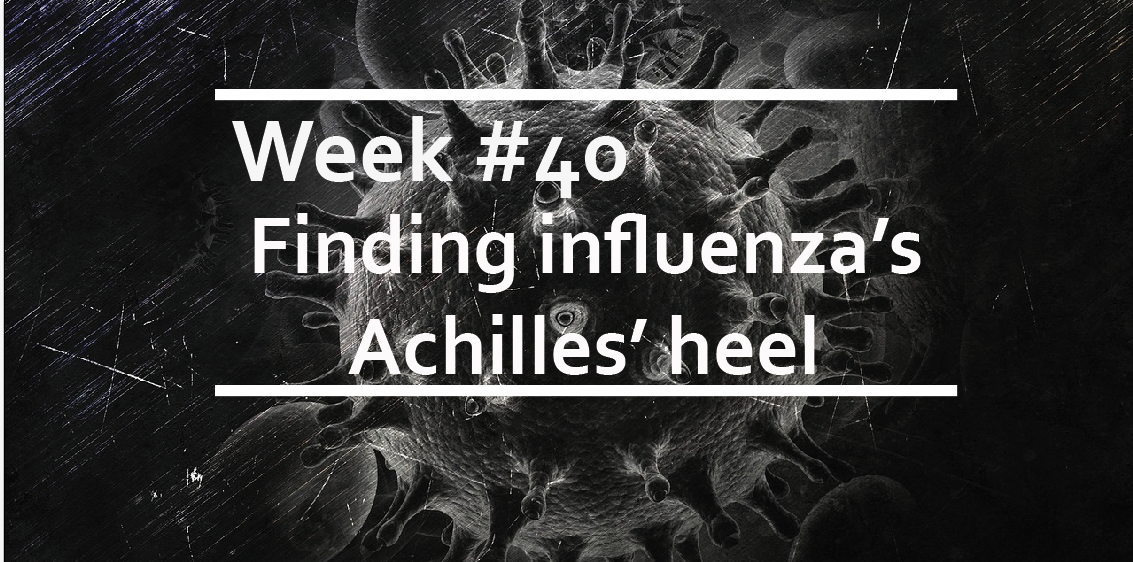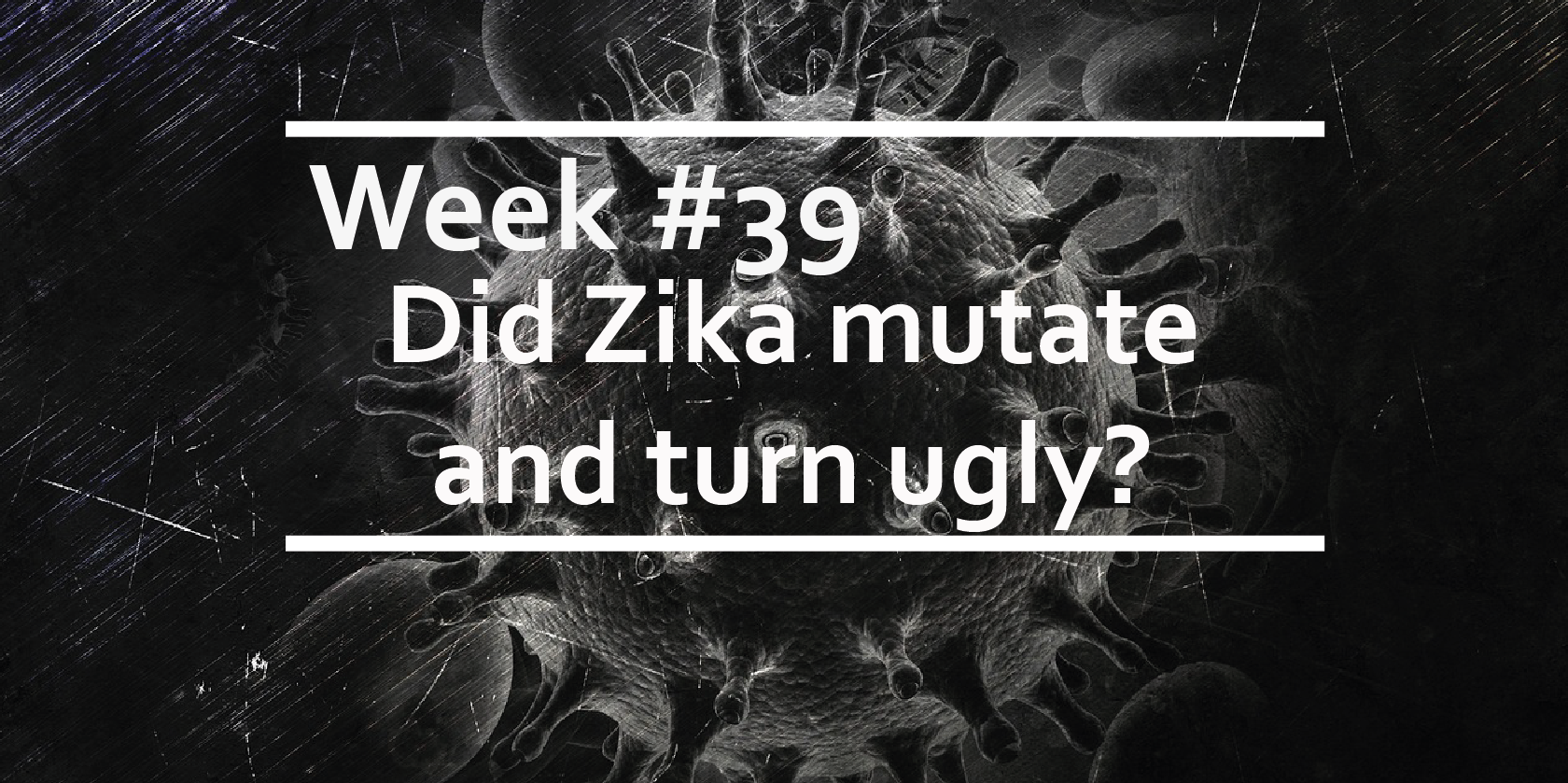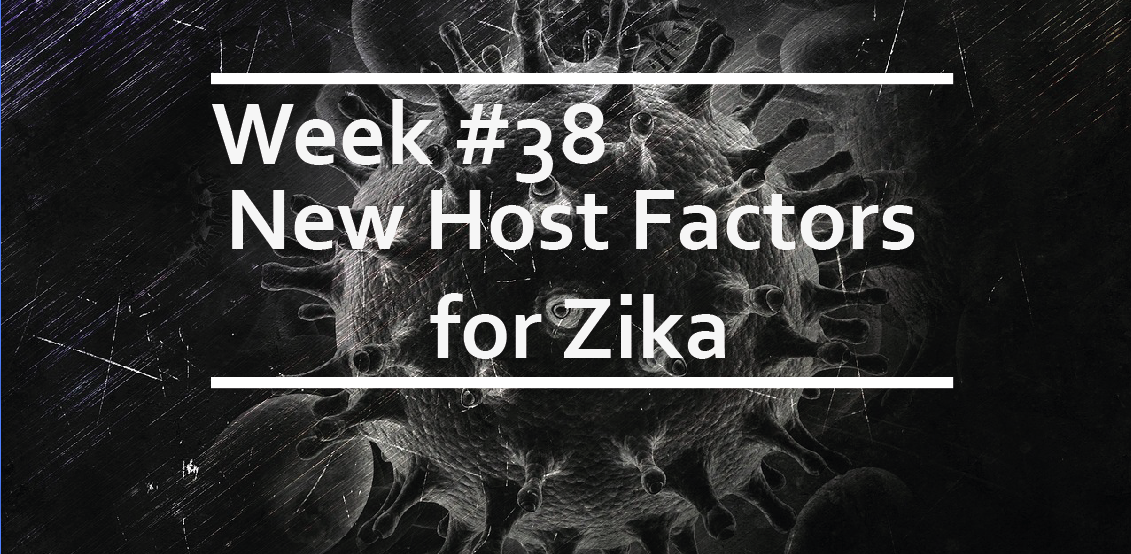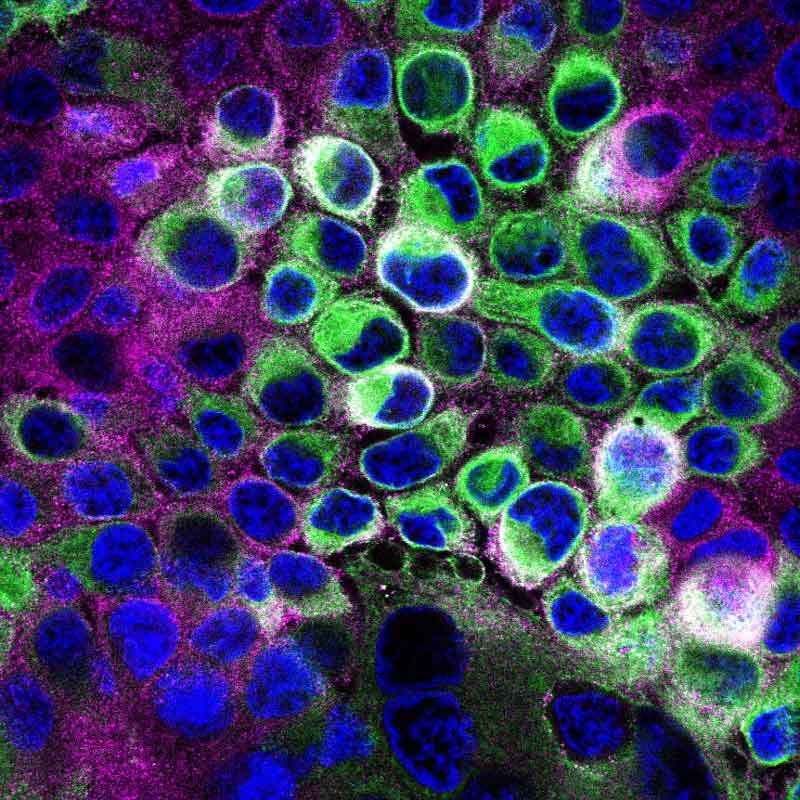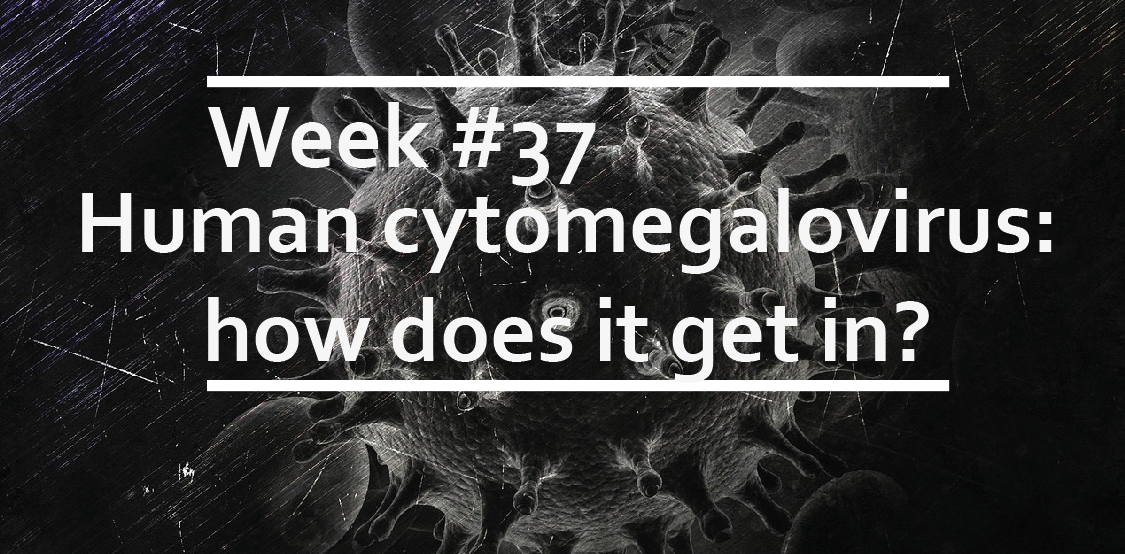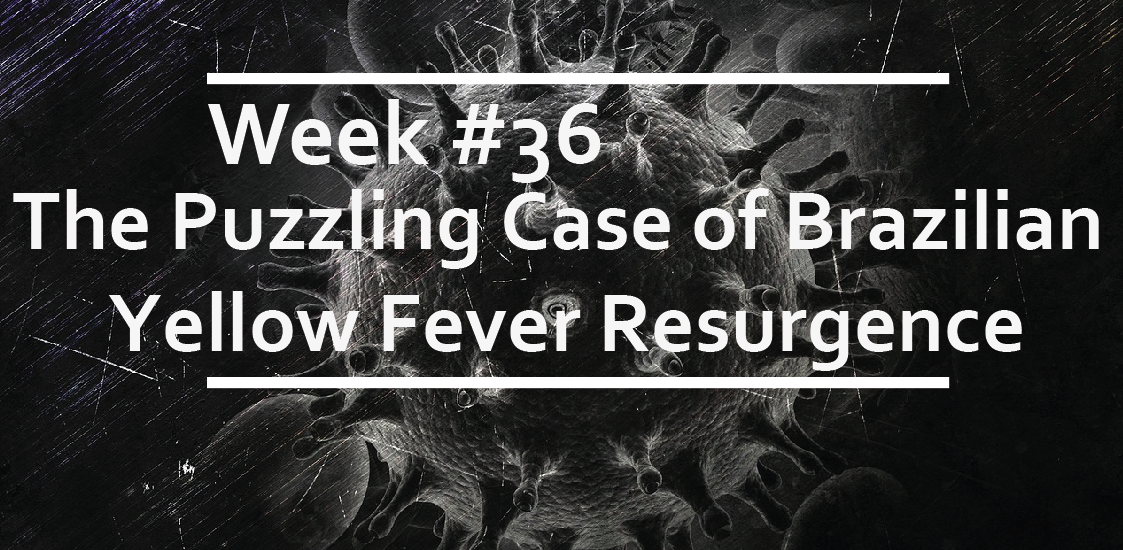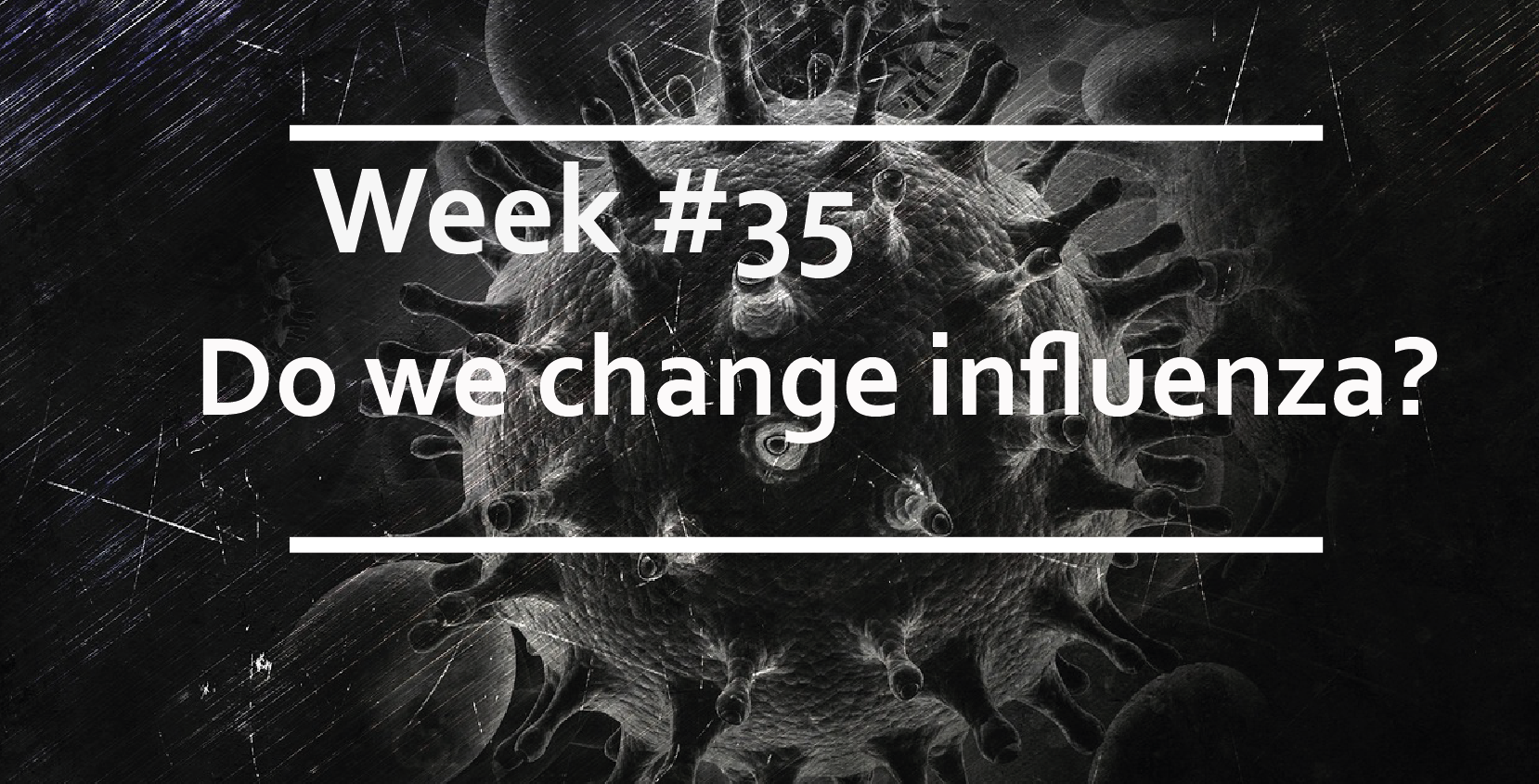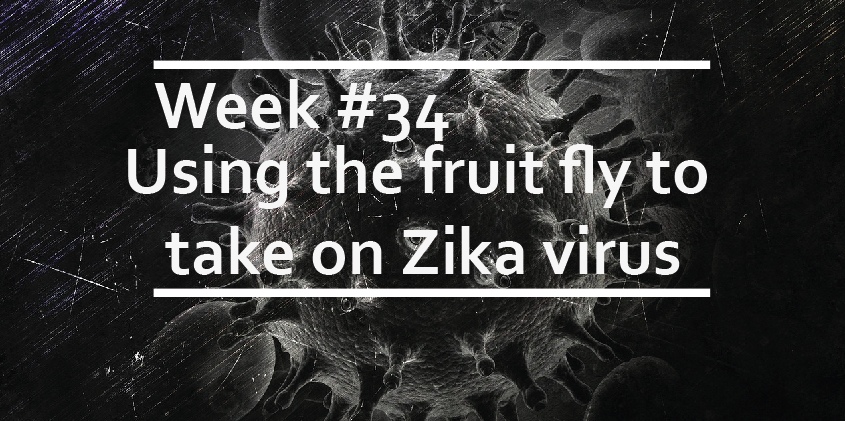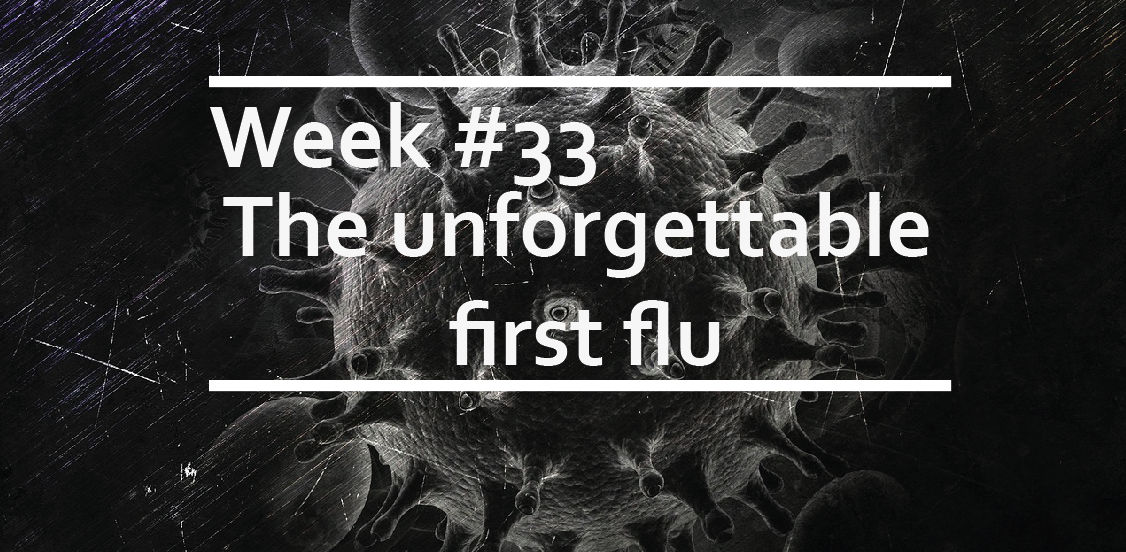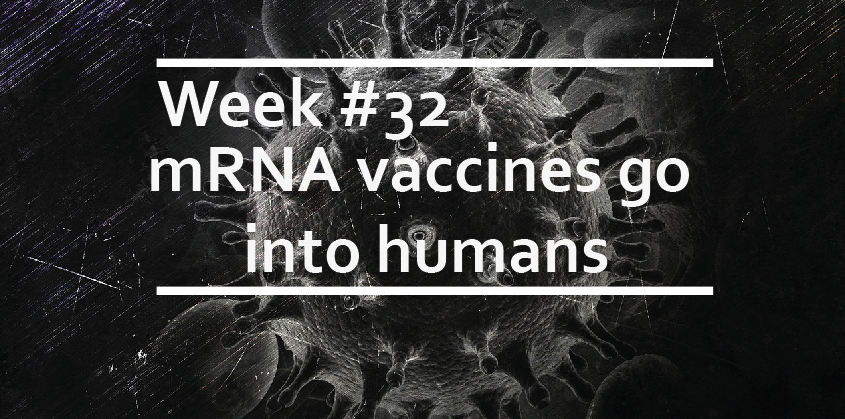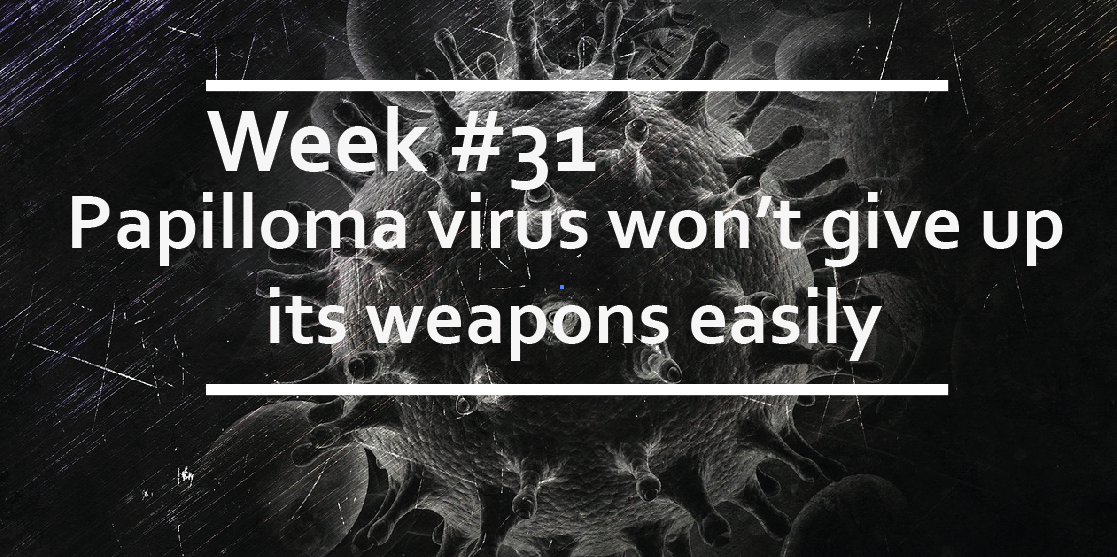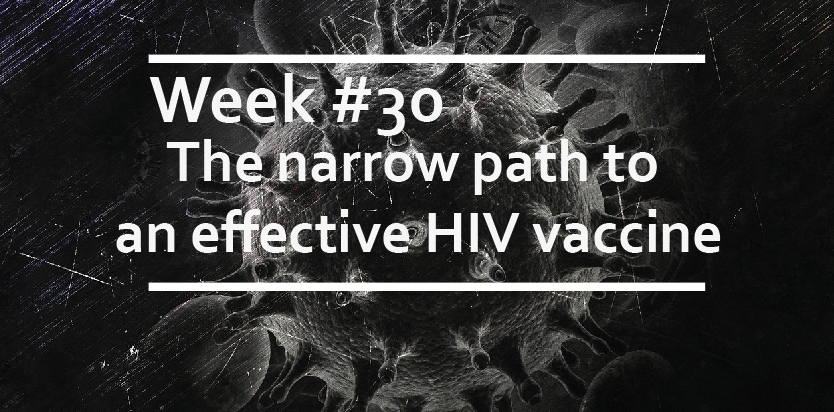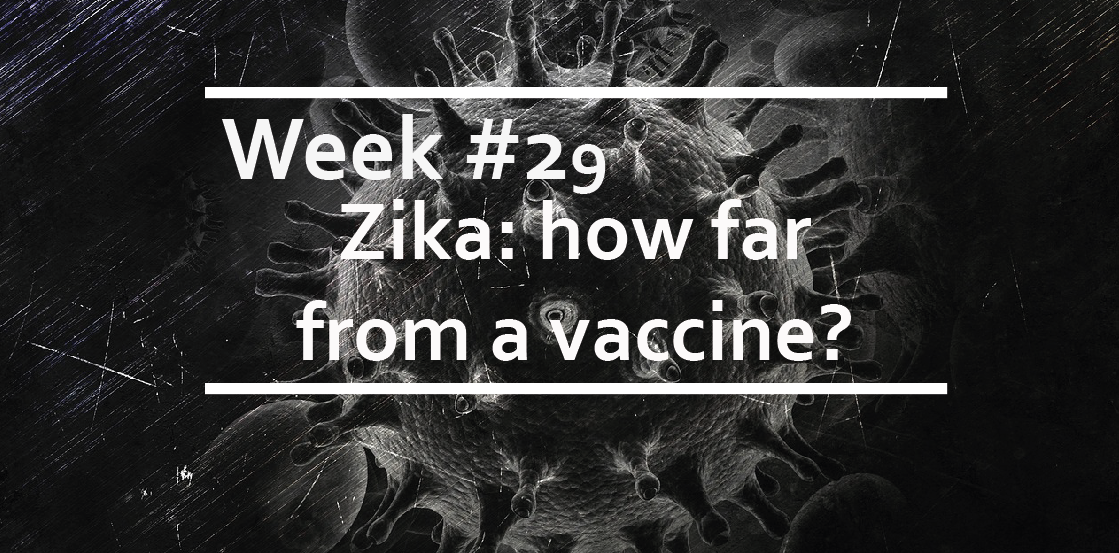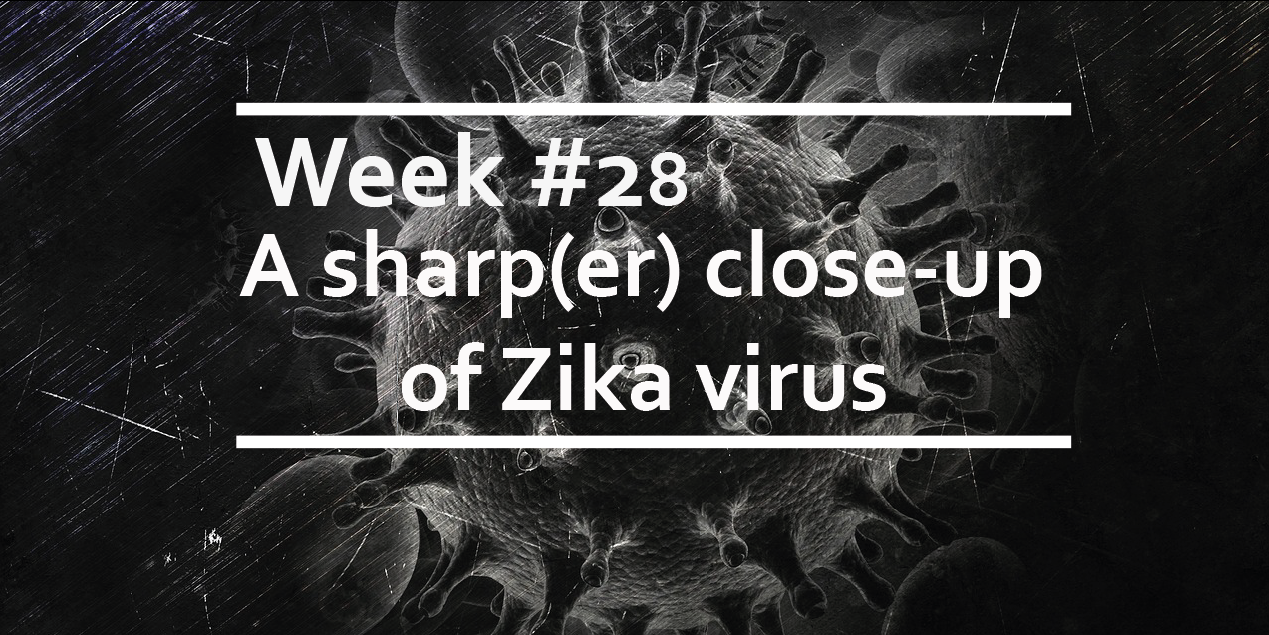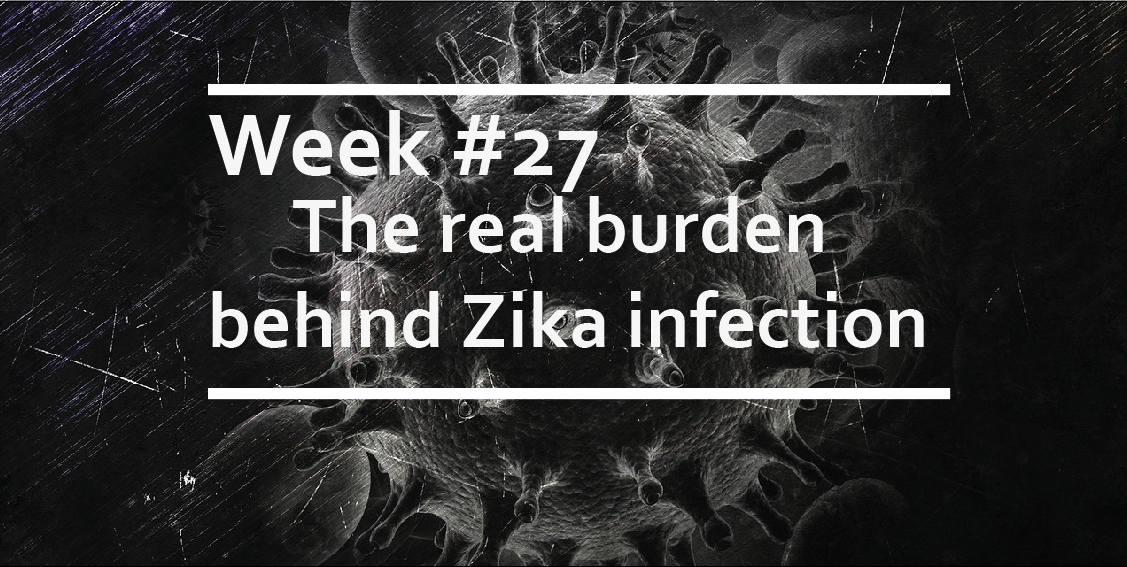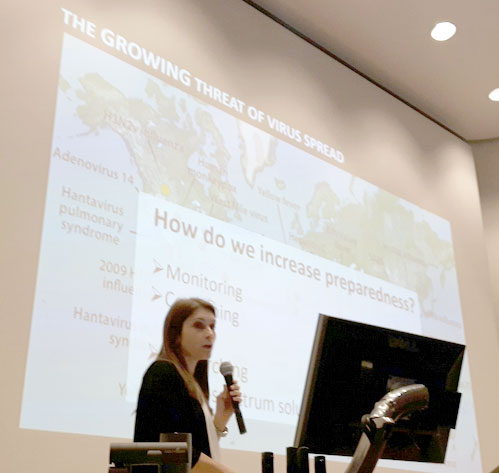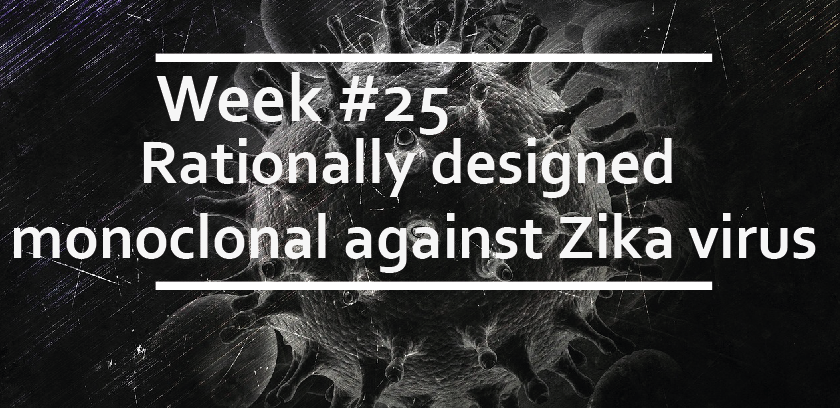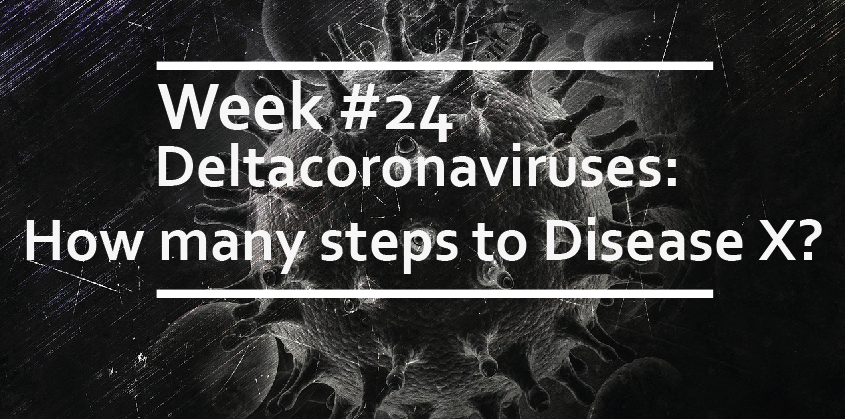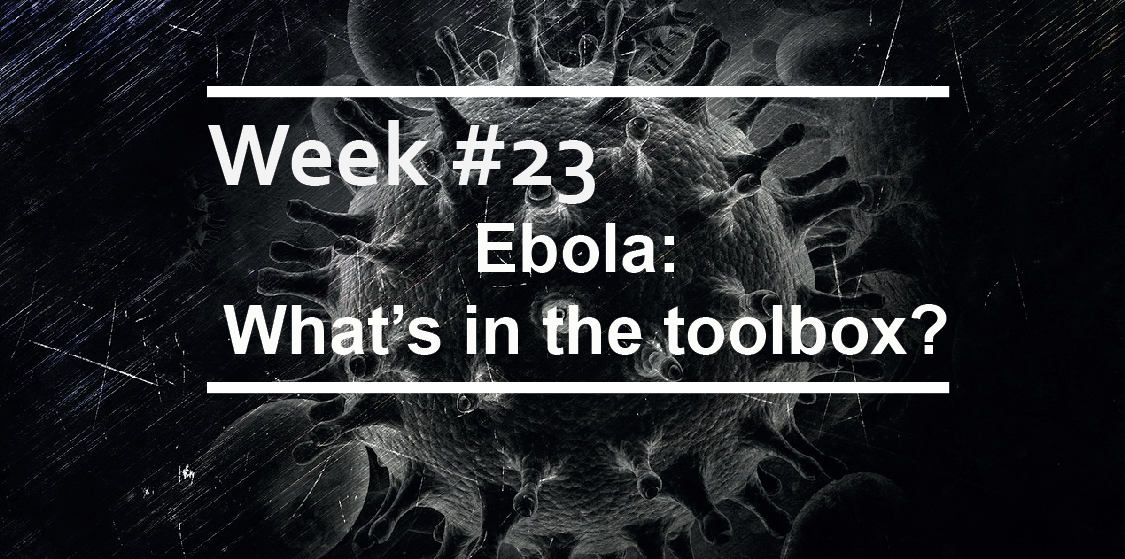Blog
Antiviral drug discovery – Part 1: From no drug to promising candidates
From target to drug Traditionally, antiviral drug discovery has started from detailed knowledge of a specific viral target. Proteins that are critical for a virus’ life cycle (e.g., polymerase, protease, and envelope) are first characterised, ideally by...
The making of dengue virus: the structural proteins
A brief jaunt through the dengue life cycle During DENV entry into the host cell, the envelope protein binds to the cognate receptor and triggers DENV endocytosis and internalization within an endosome. Next, low endosomal pH induces changes in the conformation of the...
IFITMs and the dangers of IFN
Our cells use a wide variety of mechanisms to prevent virus infection. These mechanisms are usually mediated by proteins that are upregulated upon induction of interferon. Among these interferon-stimulated effectors, the IFITM (interferon-induced transmembrane)...
What determines susceptibility to virus infection?
We all have different susceptibility Individuals differ in their susceptibility to viral infections, and the clinical course of any patient infected with a virulent virus is ultimately determined by the complex patient-virus interaction. And this makes perfect sense....
The making of dengue virus: 5’UTR
The DENV RNA genome encodes a single long open reading frame that encodes multiple viral proteins. Examining the DENV genome, the first region that we encounter is the 5′ untranslated region (5′-UTR). This is a short but highly structured sequence of between 95 to 101...
How to look at… Part 3/3: Viral assembly and release
In this series of three blogs, we present different assays and techniques that can be used to narrow down the mode of action of compounds or cellular proteins that interfere with the virus life cycle, and we focus on procedures that – with some optimisation – can be...
How to look at… Part 2/3: Viral replication
Gaining access to the cell is a prerequisite to establishing infection. Replication, however, is when a virus subverts the cell to generate multiple copies of itself. The nature of the virus genome determines the steps required to reach this stage. Positive-stranded...
The virus of the month: The making of dengue virus
The making of dengue virus Dengue virus (DENV) belongs to the family Flaviviridae (genus Flavivirus) and is transmitted to humans by Aedes mosquitoes (mainly Aedes aegypti). DENV infection is usually characterized by fever and severe joint pain, but more serious...
The Mysterious Origin of Viruses
Viruses: Evolution’s cheaters Viruses can be considered genetic parasites that hijack the resources of their cellular hosts. They are evolution’s cheaters. And they are doing well with this strategy: viruses parasitize all forms of cellular life and are the most...
How to look at … Part 1/3: Viral entry
Understanding at what stage of a virus life cycle a compound or a restriction factor acts is critical in the discovery process. In drug discovery, this aspect can be a bottleneck for hits generated via phenotypic screenings, but even when the viral of cellular targets...
The viral system of the month: Adeno-associated derived vectors
From concept to reality: How a virus is helping to advance gene therapy This month the FDA approved Zolgensma (Novartis), the first gene therapy for spinal muscular atrophy in children. While the treatment price – $2.125 million – is making most headlines, here we...
Hold tight and fire: plasmacytoid dendritic cells in action
Immunity vs. viruses In our evolutionary arm race against invading viruses, our body has evolved multiple defensive mechanisms. Together with anti-viral, cell-intrinsic innate response mechanisms, alternative or indirect pathogen-sensing pathways are also employed in...
Assay of the month: The microneutralization assay
A milestone in vaccine development is the generation of high concentrations of potent and specific antibodies able to neutralize the virus of interest. Antibodies mostly work by inhibiting viral entry, and as such they have the ability to block infection very early...
When Flu hits you in the Heart
Why you’re at increased risk of heart attack when you have the flu The spike in deaths from cardiovascular disease during influenza epidemics was first recognized early in the 20th century, but the specific association of influenza with myocardial infarction was not...
The virus of the month: Influenza
Influenza kills hundreds of thousands annually and has the potential to cause pandemics, making it a major public health concern. The influenza viruses that infect humans are classified as either A, B or C types based on host tropism and the severity of the disease....
The viral system of the month: Virus-like Particles
Virus-like particles: life as a shell Virus-like particles (VLPs) are non-infectious nanostructures made of viral structural proteins, and thereby mimicking the outer conformation of the virus of interest. VLPs might resemble a working virus, but don’t be fooled:...
Timeless TCID50: One solution to many viruses
This month we cover an old classic, the Tissue Culture Infectious Dose 50 assay, or TCID50. The TCID50 assay is used to quantify viral titres by determining the concentration at which 50% of the infected cells display cytopathic effect (CPE). As long as the virus of...
A small-molecule that mimicks anti-flu antibodies
A small-molecule that mimicks anti-flu antibodies Flu is a serious health problem: what are we doing about it? Flu makes millions of people ill and kills hundreds of thousands every year. At the moment, seasonal flu vaccines are the best available defence against...
High-throughput/high-content virology and screening
High-throughput/high-content virology and screening In the past decade, high-throughput screening has become a critical tool in antiviral discovery. More recently, advances in high-throughput and high-content imaging have further advanced unbiased phenotypic...
The virus of the month: RSV
The virus of the month: RSV With about 34 million infections per year, 10% of which require hospitalization, respiratory syncytial virus (RSV) is the most common cause of annual winter lower respiratory tract infections. While for young healthy adults RSV causes mild...
ChAT to fight viral infection
ChAT to fight viral infection Say ‘cholinergic’ and most biologists will think of the autonomic nervous system and acetylcholine’s role as a neurotransmitter. But do you know that T and B cells, macrophages and dendritic cells all express most of the components needed...
Overcoming Zika-dengue cross-reactivity Guest Blog by The Native Antigen Company
The Problem of Zika-Dengue Cross-Reactivity Antibodies generated in response to flavivirus infections are notoriously cross-reactive, presenting a major obstacle to the accurate differentiation of Zika virus (ZIKV) and dengue virus (DENV). The ability to accurately...
Bespoke Services
Bespoke Services While our core services and viruses are likely to meet most needs, we know some projects need something out of the ordinary. Therefore, in addition to our standard assays, we also offer a range of bespoke services, ranging from assay optimization to...
The virus of the month: HCMV
The virus of the month: HCMV Human cytomegalovirus, what is it all about? Human Cytomegalovirus (CMV) is a double stranded DNA virus of the Herpesviridae family with a high rate of dissemination in the human population. The virus has a broad tropism, gaining access to...
The virus, the vector and the microbiome
The virus, the vector and the microbiome If it has a digestive tract, it has microbiota Despite their often-negative billing as disease-causing germs, gut-living microbes are now recognized as a virtual “organ”. In anything with a digestive tract–from the tiniest...
Agent VP882, Licence to Kill
Replicate and destroy or hold fire?Viruses hijack host cells, which they force to produce thousands of identical copies of the original virus. Often, this forced-labor destroys the host cell, which is broken open (lysed), freeing the viral progeny to find and...
A(nother) systems-level approach against viruses
Dengue and Zika, why it’s good to compareDengue and Zika viruses have much in common. Both are vector-borne (mosquitoes) flaviviruses, they have similar life cycles, and we lack an effective vaccine against either. Nevertheless, dengue and Zika infections cause...
Virus diagnostics: the sandwich fingerprint
The importance of diagnostic for deadly infectious diseases, particularly in resource-deprived settings, cannot be understated. Diagnostic is most important to determine the type and level of medical intervention required, particularly for diseases where onset...
Influenza: does it matter how it looks?
Influenza: does it matter how it looks? When we think of a virus like influenza, what we picture in our mind is the classical text book representation of a rounded object uniformly covered by the surface antigens HA and NA. However, electron microscopy studies have...
Antiviral Tamarindo?
Antiviral tamarindo? Sugar-coated viruses Glycans are complex biomolecules characterized by extensive branching of carbohydrates, and a variety of glycosylation patterns have been identified on viral surface proteins. Glycosylation is carried out by the host cell...
How does gluten become an enemy? (Ask the virus)
How does gluten become an enemy? (Ask the virus) Celiac disease is an immune-mediated disorder in which a pathologic immune response is mounted against otherwise harmless antigens present in gluten. This causes an abnormal TH1 inflammatory response, which severely...
Don’t give Zika a helping hand: Post-entry immunity to Zika virus
Don’t give Zika a helping hand: Post-entry immunity to Zika virus Zika virus (ZIKV) is a re-emerged mosquito-transmitted flavivirus that can cause a wide spectrum of long-term severe congenital manifestations, including microcephaly in new-born infants and...
How will the llamas save us?
How will the llamas save us? One hundred years ago, the relief that followed the end of a most gruesome war was met with the grief of going back to normal life without many loved ones. Not everybody died in the trenches or under the bombs: between 50 and 100 millions...
Dengue virus: are we forgetting the genotypes?
Dengue virus: are we forgetting the genotypes? With almost 400 million infections every year, the impact of dengue virus (DENV) on global health is of substantial concern. The presence of four co-circulating serotypes, and the development of non-neutralizing enhancing...
Stopping chikungunya on its way out
Stopping chikungunya on its way out When our bodies come under attack from a viral pathogen, a sophisticated antibody response activates to limit the spread of infection. As part of this response, antibodies are produced against multiple epitopes of the invading...
The Quest for a Dengue Vaccine
The Quest for a Dengue Vaccine Dengue fever is a viral disease and its prevalence has grown dramatically and globally in recent decades. Dengue fever is caused by the dengue virus (DENV), an arthropod-borne pathogen transmitted to vertebrates by infected mosquitos,...
More unexpected troubles from flaviviruses
More unexpected troubles from flaviviruses The functions of the gastrointestinal (GI) tract are controlled by the so-called enteric nervous system (ENS). Although influenced by the central and the autonomous nervous systems, the ENS can act independently of both, and...
Finding influenza’s Achilles’ heel
Finding influenza’s Achilles’ heel Influenza virus is a moving target The influenza virus is a moving target. Because of its constant mutations and genetic re-assortments, clinical virologists struggle to keep up (read more about it here). Point mutations in the amino...
Did Zika mutate and turn ugly?
Did Zika mutate and turn ugly? Zika virus (ZIKV) has been around for a while, first isolated by serendipity in a sentinel monkey that developed fever during observation in 1947. It was then observed in the human population during the course of several sporadic foci in...
New Host Factors for Zika
New Host Factors for Zika Little is known about the molecular mechanisms responsible for Zika virus (ZIKV) pathogenesis. Learning about cellular responses to viral infection and the mechanisms of host restriction and immune evasion is fundamental for the development...
VRS win Proximity to Discovery Award
Virology Research Services (VRS) has been awarded a £25k MRC Proximity to Discovery Industry Engagement Fund for knowledge exchange with The Native Antigen Company (TNAC, LINK), a group focused on the expression and purification of viral antigens, and of antibodies...
Human cytomegalovirus: how does it get in?
Human cytomegalovirus: how does it get in? HCMV: the problem Human cytomegalovirus (HCMV) infects between 50% and 100% of the human population, depending on the geographical location. Generally infection doesn’t cause major complications, but the virus remains latent...
The Puzzling Case of Brazilian Yellow Fever Resurgence
The Puzzling Case of Brazilian Yellow Fever Resurgence Yellow fever virus (YFV) is the etiologic agent of yellow fever, an acute hemorrhagic disease transmitted by infected Aedes aegypti mosquitoes. Although there is no specific antiviral drug for yellow fever, a...
Do we change influenza?
Do we change influenza? Seasonal influenza is caused by mutations that change the circulating virus in a way that is no longer (or only partially) recognised by our immune response. Pandemics are generally cause by more substantial reassortments that generate very...
Using the fruit fly to take on Zika virus
Using the fruit fly to take on Zika virus Zika virus (ZIKV), a member of the Flaviviridae family, preferentially targets and damages neural stem cells and progenitor cells. Therefore, ZIKV is particularly dangerous during fetal development as infection can lead...
The unforgettable first flu
The unforgettable first flu Does the first flu you ever caught affect how you will cope with all future flu infections you might encounter, including pandemic flu? This fascinating hypothesis, originally proposed by Thomas Francis in the 1940s and 50s, has been...
mRNA vaccines go into humans
mRNA vaccines go into humans The most recent epidemics of Ebola, Zika, influenza and many others have contributed to raise awareness of the need for a platform allowing the rapid implementation of new vaccines and antivirals. For vaccines, this platform may have...
Papilloma virus won’t give up its weapons easily
Papilloma virus won’t give up its weapons easily Human papillomavirus (HPV) is a very common DNA virus that infects the differentiated squamous cell epithelium and mucosal membranes. Most HPV infections are cleared by the immune system and do not result in clinical...
The narrow path to an effective HIV vaccine
The narrow path to an effective HIV vaccine How HIV targets immunity Human immunodeficiency virus (HIV) is a lentivirus that causes an infection of the immune system, eventually leading to acquired immunodeficiency syndrome (AIDS). HIV specifically infects and...
Zika: how far from a vaccine?
Zika: how far from a vaccine? About two years after the largest epidemics of Zika virus (ZIKV), how far are we from a vaccine? In a recent minireview on Cell Host & Microbe, Shan et al review the current progress in ZIKV vaccination. The good news is that...
A sharp(er) close-up of Zika virus
A sharp(er) close-up of Zika virus Structural information on flaviviruses, including dengue (DENV, immature, mature, and fusogenic), Japanese encephalitis (JEV, mature), Tick-borne encephalitis (mature), West Nile virus (immature and mature), and Zika (ZIKV, mature...
The real burden behind Zika infection
The real burden behind Zika infection Zika: a clear and present threat Believe it or not, Zika virus (ZIKV) was once considered rather harmless. This is because most Zika-infected individuals are asymptomatic. But things can change rapidly in the world of viruses....
Small Molecules Dragons’ Den
Inspired by the successful television series, the UCL School of Pharmacy has organised this clever and well-attended event where UCL scientists presented their small molecule therapeutics idea to a panel of seasoned pharma experts and investors, in front of a public...
Is there Herpes behind Alzheimer?
Is there Herpes behind Alzheimer? Serendipity is often responsible for the greatest scientific discoveries. How many blockbuster drugs of the twentieth century happened because someone picked up on the “wrong” information? Serendipity seems to have contributed when a...
RESEARCH AND INNOVATION COVENTRY 2018
Virology Research Services reaches the Life Science community in Coventry to present their virology service model to a wide audience of scientists and companies. Our flexible, bespoke, and high quality research model suits the need of clients both from industry and...
ISNTD 2018
Excited and proud to introduce our Virology Research Services to a public of scientists involved in fighting neglected tropical diseases. The International Society for Neglected Tropical Diseases D3 conference addresses diagnostic, drug discovery and development, and...
Rationally designed monoclonal against Zika virus
Rationally designed monoclonal against Zika virus Since its re-emergence in 2013, Zika virus (ZIKV) has made the headlines around the world. This was due both to the unexpectedly rapid spread and to the disturbing neurological complication in babies born from women...
Innovate UK Infectious Disease
How can we join forces across the UK and Europe to fight infectious disease? Innovate UK and the Knowledge Transfer Network come together for this exciting networking event where to brainstorm on possible partnerships and solutions, while getting to know the breath of...
Deltacoronaviruses: How many steps to Disease X?
Deltacoronaviruses: How many steps to Disease X? A novel porcine virus can enter human cells In this week’s paper, we summarize an important discovery regarding the capability of certain viruses to cross species barriers. Working together, scientists based in American...
Ebola: What’s in the toolbox?
Ebola: What’s in the toolbox? For the almost 40 years that preceded the most recent epidemics, Ebola virus (EBOV) had only caused limited outbreaks of up to 400 cases. However, by the time the 2013 epidemic was over in 2016, the virus had caused 28,616 infections and...
Posts pagination
Contact us
Streamline your research while advancing your science
Subscribe


